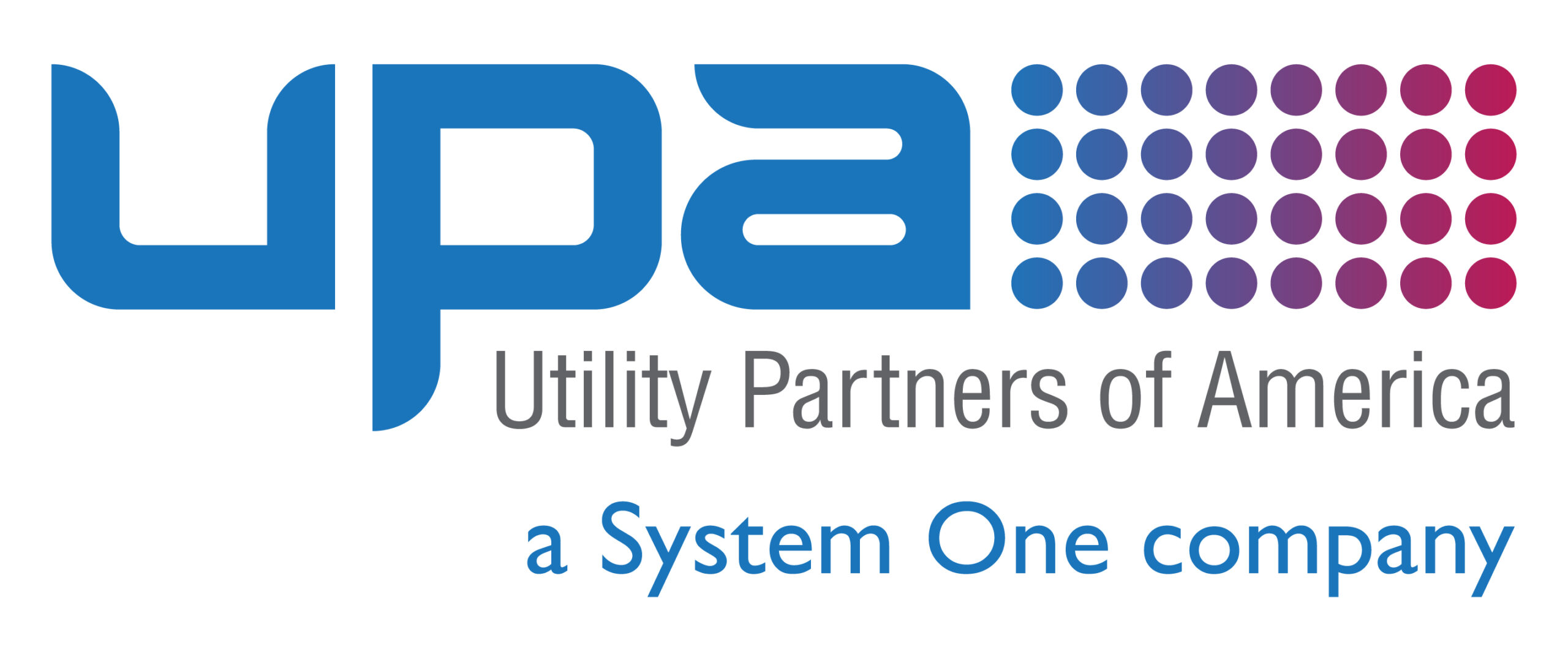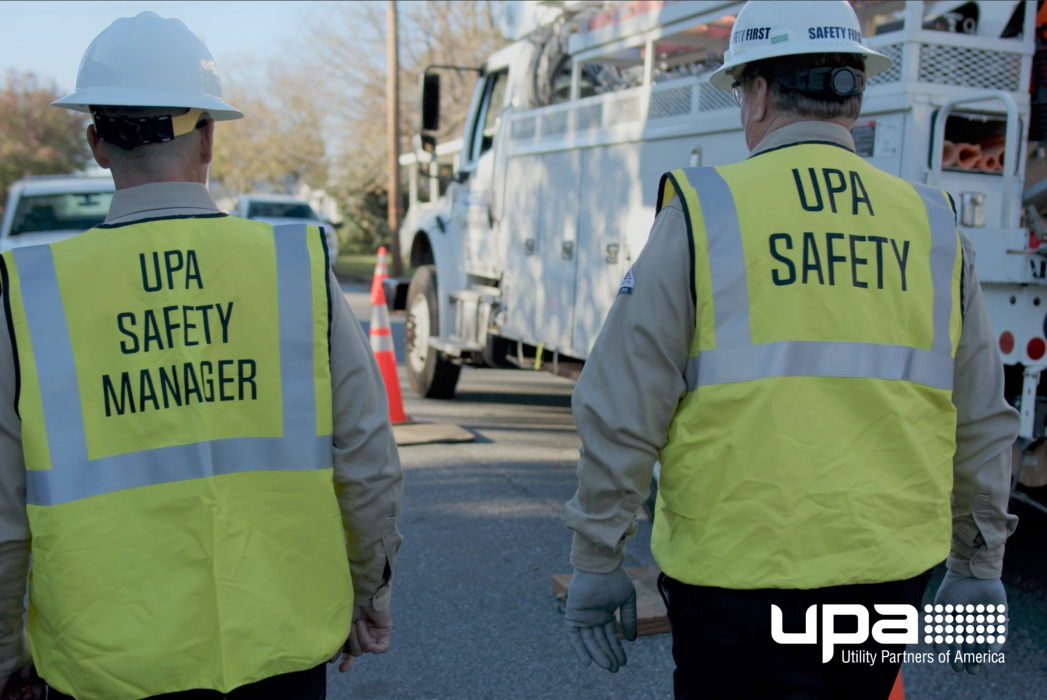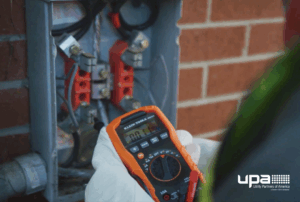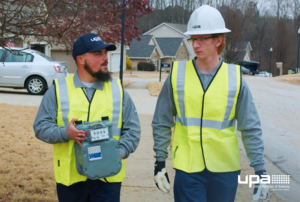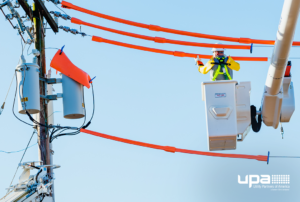You can call it a close call or a narrow escape, but the one thing you shouldn’t call a “near miss” is minor. In companies promoting a safety-first culture, these potential incidents are just as important to track as those that actually take place. In fact, to emphasize the importance of near-miss reporting, the Occupational Safety and Health Administration (OSHA) provides companies with a near-miss incident report form.
Given the gravity of these events and the impact they can have on the business, we wanted to explore the topic further. Read on to learn more.
What is a “near miss?”
Though the name somewhat implies its meaning, there’s more to a near miss than you might imagine. The best way to think about a near miss is in terms of what could have been. It is an adverse event or incident in which a person would have been injured if the circumstances or situation were slightly different. In essence, the person was not hurt—but they very easily could have been if things played out another way.
What are some examples of near misses?
Now that you understand the definition of a near miss, let’s review some examples of real-life near misses. Most of the near misses to occur involve slipping or tripping, falling, hazardous materials, and the use of equipment or heavy machinery. For example, a leaky pipe in a facility leaves water on the floor, resulting in a slick path. As a worker walks in, they slip on the water—but catch themselves before falling. That is a near miss.
Other examples might include a heavy box falling from the top shelf of an office and landing near someone on the ground or a person using a chair instead of a ladder to perform a task before nearly falling.
What is near-miss reporting, and why is it important?
Near-miss reporting is the chronicling of these types of events, along with the circumstances surrounding the mishap. Remember that OSHA near-miss incident report form we mentioned above? It includes fields like “type of near miss” and “type of concern” and asks the person completing the form to describe the potential issue and possible outcome in great detail.
According to the sample near-miss reporting policy provided on the OSHA website, workers must report near misses to their immediate supervisor as soon as possible—just like with workplace incidents and hazardous conditions. The reports are then reviewed by management, any necessary changes to improve safety are made, and employees are educated on how to avoid near misses in the future. It’s also essential to point out that OSHA’s policy stresses that reporting a near miss “will not result in disciplinary action of the reporter and, if desired by the person reporting, may be anonymous.”
So, why is near-miss reporting important? Simply put, a near miss today could be a devastating accident tomorrow without intervention, awareness and education. Near-miss reporting supports that safety-first culture that so many companies (and employees) are striving for, addressing what could be problems before they occur. Lastly, encouraging near-miss reporting illustrates to employees that your company cares about their safety and that you’ll do whatever you can to ensure they aren’t injured while at work.
Unsure about how to implement near-miss reporting is near-miss reporting? We can help
At Utility Partners of America (UPA), we feel strongly about the importance of near-miss reporting and encourage all utilities and energy cooperatives we partner with to take it as seriously as we do. Safety is paramount, and a near-miss reporting policy goes a long way toward that initiative. To learn more about our services and pick up a few best practices for near-miss reporting, contact us by filling out this form or calling (888) 667-1411.
